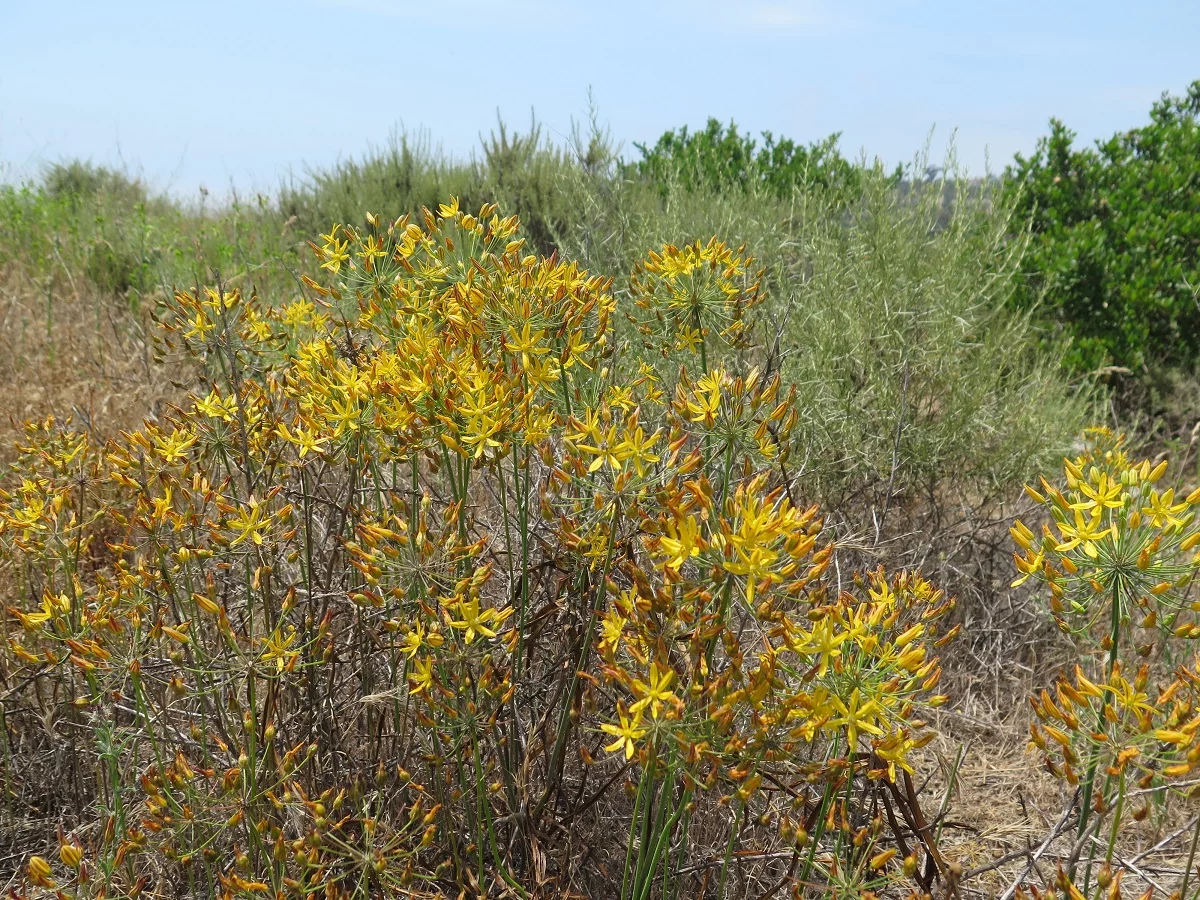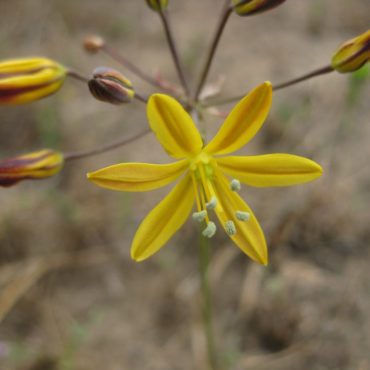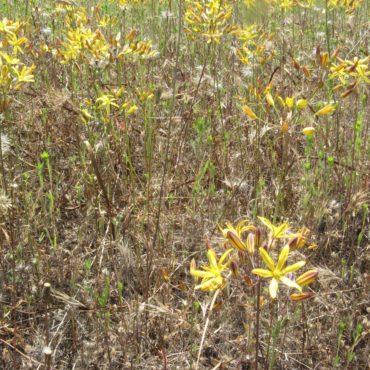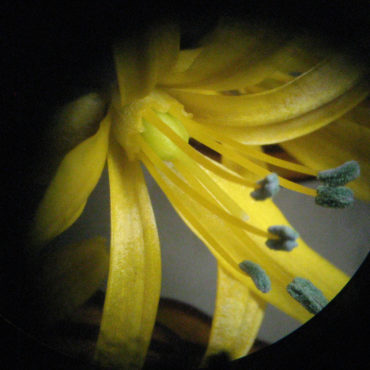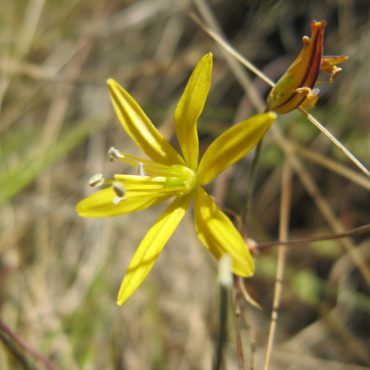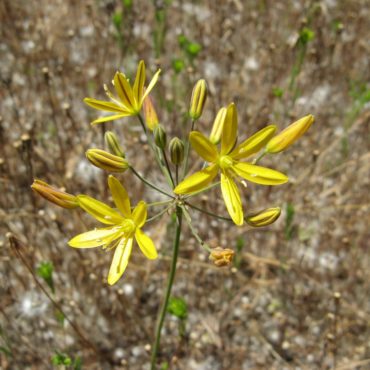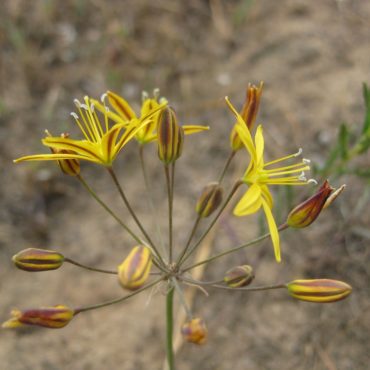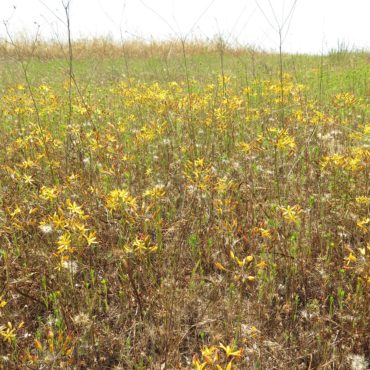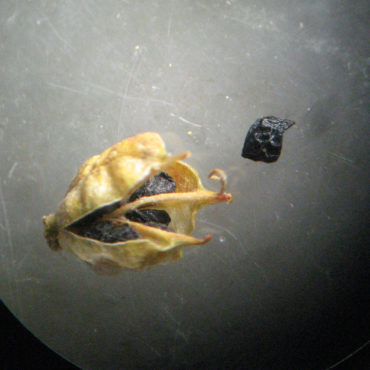Interesting Facts
491
Common goldenstars grow from corms; lilies, such as tulips grow from bulbs and iris grow from rhizomes. Do you know the difference?
All are modified stems and all serve as storage organs, but their structures and modes of operation differ. A corm is a swollen, underground stem base. There is a growing point on the top, and on the bottom, there is a basal plate from which the roots grow. The surface of a corm may be covered with remains of last year’s leaves, or scales, but the energy-rich tissue is the solid interior. A corm lasts only a single year. At the end of its life cycle, it produces new corms (cormels). Other familiar species that grow from corms include crocuses and gladiolas
A bulb is short underground stem which encloses an embryonic plant and is completely surrounded by fleshy, modified leaves that store food for future growth. Unlike a corm, which has a solid interior, the interior of a bulb is layered – like an onion. A bulb may live one or many years. New bulbs (bulblets) are formed from lateral buds around the base. Many flowers grow from bulbs, including tulips, daffodils, lilies and onions. Native bulb plants in the Reserve include star lilies and mariposa lilies.
A rhizome is a thickened stem that grows partially, or entirely underground, often horizontally. Roots grow along the lower surface and there is generally a growing point at the tip and others along the rhizome’s length. Each growing point can become a new plant. Common rhizomatous plants in the Reserve are blue-eyed grass and southern cattail.

